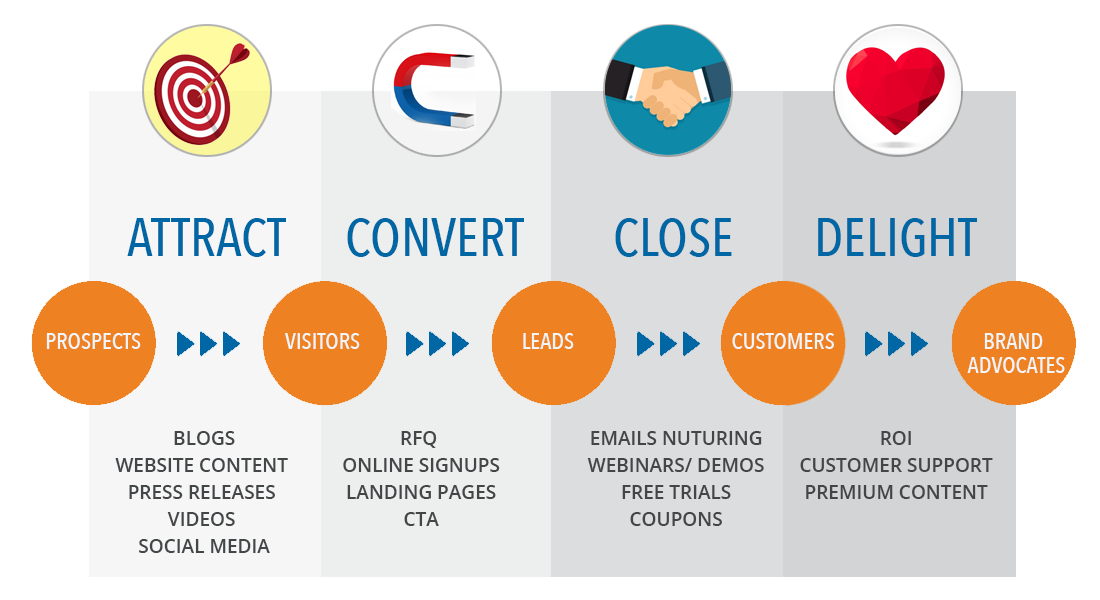Must-Do's for Effective
Social Media Marketing
Marketing experts give their best advice on how to grow an audience,
regardless of your budget.

A lot of businesses do social media marketing wrong.
They hear everyone screaming, “You must have a social media presence,” but what that entails isn’t always spelled out correctly. Social media marketing should be effective and affordable, and when done correctly, it can help scale businesses of all sizes. Just like with traditional channels such as television commercials, radio spots, and print ads, your results are going to be minimal at best if you broadcast your message to the wrong audience. To help you execute a successful social media marketing campaign, I spoke with six entrepreneurs to put together a list of must-dos.
Dedicate time to learn how social media works.
There are a lot of social media marketing tips available online, from free content on websites like this one to paid courses you can complete at your convenience. It’s not very complicated if you take the time to educate yourself. Charles Gumbley, Director of Flower Telecom, explains, “It’s important that you take the time to learn how social media marketing works for your specific business. While the fundamentals are similar across the board, different businesses will have to alter their strategies slightly in order to capture the attention of their target audience. In the beginning, consume as much content and free resources as you can. From there, you can then focus on your specific goals and objectives.”
Listen to your customers.
“The only way you are going to know what your customers want is by listening to what they have to say. It’s important that you use your social media platforms as an extension of your customer service. More customers are going to voice their opinion on social media than via email or over the phone,” says Ryan Koechel, VP of Marketing for ABODO. When you listen to your audience, you open the door to other opportunities as well. For instance, when my influencer marketing agency plans campaign strategies for a brand, we often audit their social media followers to identify key influencers. Learn to listen to your audience — it can provide you with valuable information.
Use automation for consistency.
There is smart automation and then there is spammy, ineffective automation when it comes to social media marketing. You don’t want to blast out promotional offers all day long — that’s a quick way to lose all of your followers. Use social media as a way to communicate with your audience and provide them valuable information. When you do that, you create happy brand supporters you can eventually convert into sales.
“If you have a full-time social media employee, make sure they are consistent and push out content across all of your social media profiles. There are several pieces of automation software, like Hootsuite, that offer a free plan that can greatly increase your efficiency. If you schedule your posts in advance it gives you more time to dedicate to replying and engaging with your social media followers,” advises Daniel Moravec of StreetSaw.
Engage with and delight your audience.
“It’s one thing to fill up your social media feed with posts, but it’s another thing to actively engage with your audience and turn them into satisfied customers. I see a lot of small business owners posting a couple times a day, thinking that they are doing the right thing when it comes to social media marketing. You can’t just post and walk away. If you do that, you are missing prime opportunities to engage with your audience and convert them,” explains Roy Surdej of Peaches Boutique.
Engaging your followers allows you to uncover problems or issues other customers might be experiencing as well. Then, you can be proactive and address those issues quickly before they turn into fires that are difficult to put out. When your communication lines are always open, you will often discover problematic situations before they spiral out of control.
Don’t spread yourself too thin.
It’s nearly impossible — and almost always ineffective — to be active on every single social media platform. I always suggest new brands should start with two or three social media platforms they are certain their target audience is active on. Master those, and then expand your social reach as the business grows and more effort can be allocated to additional social platforms.
Jasper Hillaud, Managing Partner of elf925 stresses the importance of focusing on the social media platforms that complement your brand, explaining, “While Pinterest marketing might not be effective for some businesses, it is one that we put a lot of energy into because we see that it works first-hand. Just because it wouldn’t be a preferred social media channel for a law firm, that doesn’t mean it should be ignored. It’s important to pick where to focus your social media efforts based on what works for your specific customer base.”
Track and measure everything.
“You will never run a successful social media marketing campaign if you don’t measure your results. It’s important that you lay out clear goals with benchmarks that allow you to determine whether or not your social effort is paying off. The data you collect and analyze can then be used to make changes to your campaign. You must be willing to constantly optimize and test your efforts if you want to develop a truly successful campaign,” explains Eric Ritter, Founder & CEO of Digital Neighbor.
It doesn’t matter if you are working with a $10 daily social media budget or six figures. The objective is the same — put your message in front of the correct audience and trigger engagement. In order to do that, you need to track and measure everything.
Chuck Reynolds
Contributor
Alan Zibluk Markethive Founding Member











